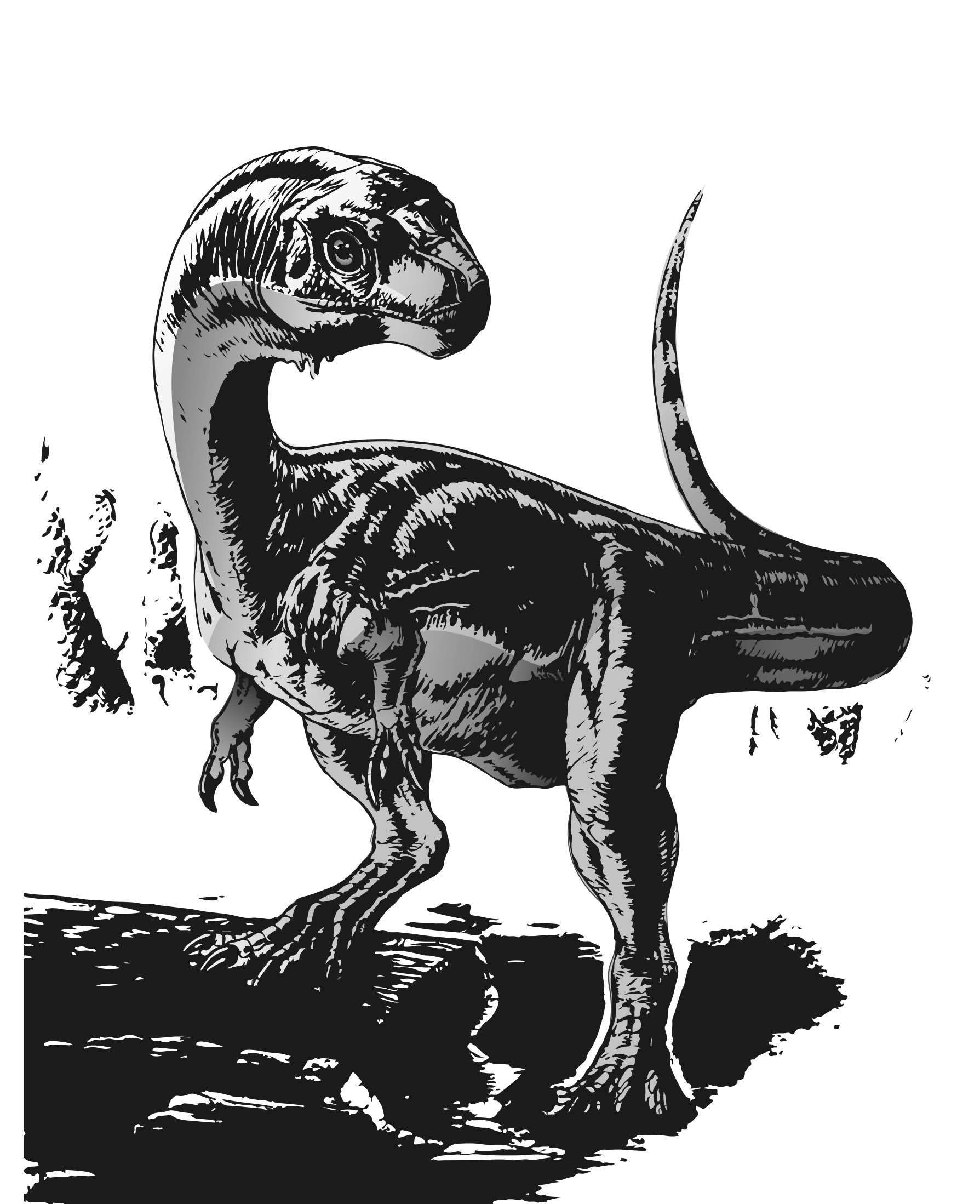In the year 2015, the Chilesaurus was announced to the world. In that time, it was theropod, a term that has been mostly referred to as “the carnivorous dinosaurs.” However, recent discoveries in these past few years have revealed otherwise to paleontologists that this group has a fair amount of omnivores and herbivores along for the ride.
The case of the Chilesaurus is complex and has perplexed scientists for years in terms of how to place it properly in the family tree. Referred to as an “enigmatic creature,” the Chilesaurus managed to have features that span many different species of dinosaurs.
It had flat teeth, a slender neck and and a beak. Possible relatives, the Tyrannosaurus rex and velociraptor, had thick necks and sharp teeth for shredding prey. On the other hand, the theropod parts included air spaces in its vertebrae as well as stocky arms, although they didn’t end in claws but in short fingers.
The unusual build of this dinosaur didn’t stop at just those features either.
One of the earliest ways that scientists were able to differentiate theropods and ornithischian was by how their hips looked. They were either bird-hipped (ornithischian) or lizard-hipped (saurischians) with a majority of theropods falling into the latter group.
The Chilesaurus subverted explanation again as an examination of its pelvic structure revealed that “it had a very ornithischian-like pelvis,” stated Matthew Baron, a Ph.D student at the University of Cambridge.
March 2017 brought on a sea of controversy in terms of how Baron and paleontologist Paul Barrett determined what the Chilesaurus was. Along with others, they suggested a “shake-up” of the dinosaur family tree in regards to their analyses of a huge data set of fossil dinosaur characteristics.
Within the data set itself, they found that more ornithischians had appeared than any other group they analyzed. In conclusion of this study, they determined that theropods and ornithischians were more closely linked together than previously believed.
Overall, the Barrett-Baron pair came up with a clearly defined answer after all of their research: the Chilesaurus was most likely a primitive orithischian.
Martin Ezcurra, a vertebrate paleontologist at the Argentine Natural Science Museum as well as one of the authors on the original paper about the Chilesaurus disagreed with this conclusion.
He called the test Barrett and Baron ran “problematic” as their analysis did not include a species from the original paper, namely that of the tetanuran.
In the end, this is only the beginning of the discussion of the Chilesaurus.
Erika Brandenburg
Reporter


